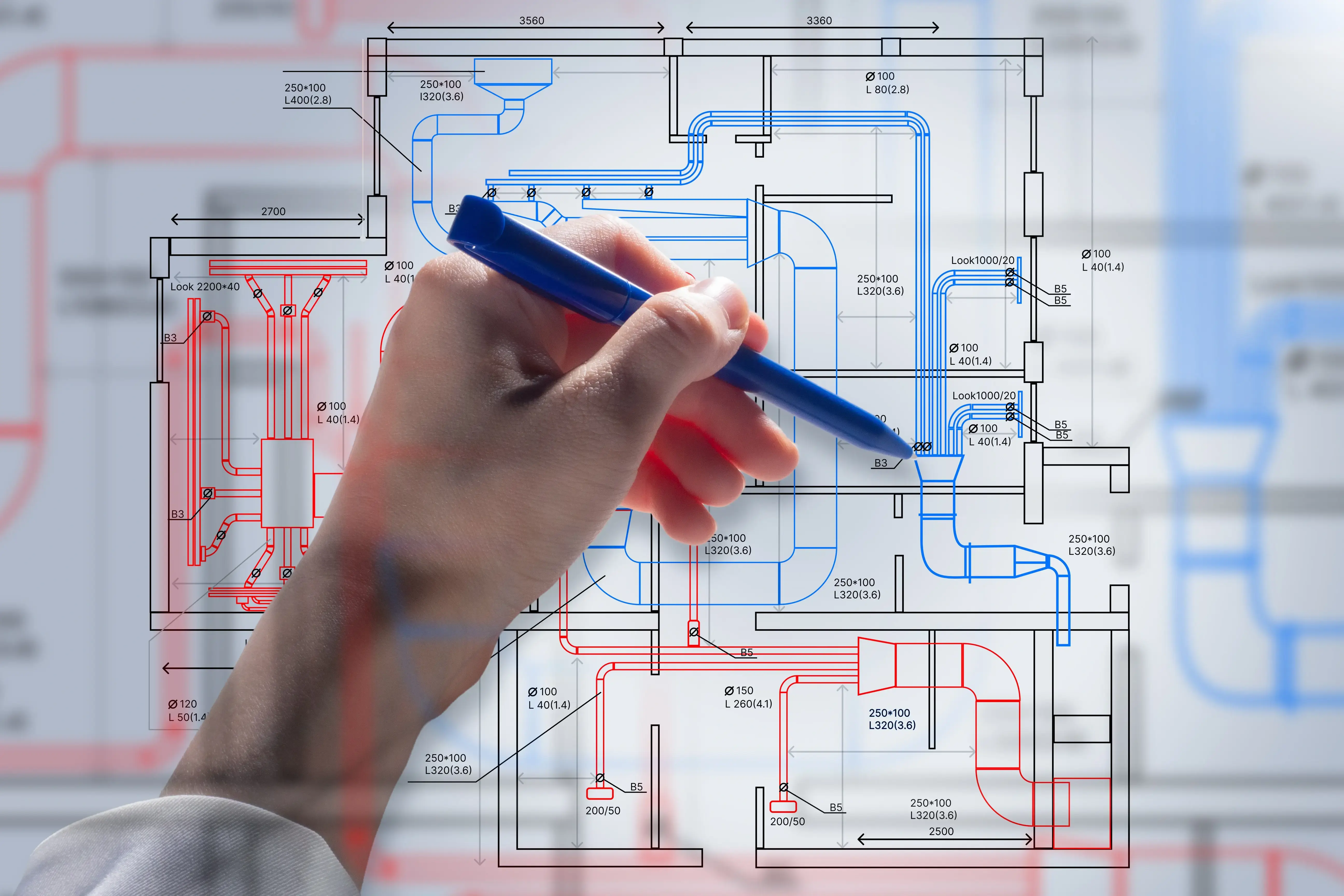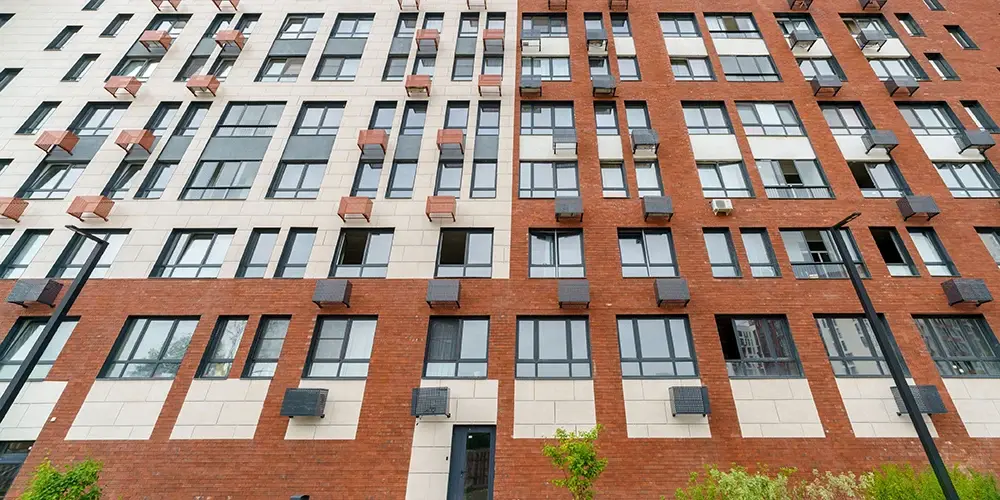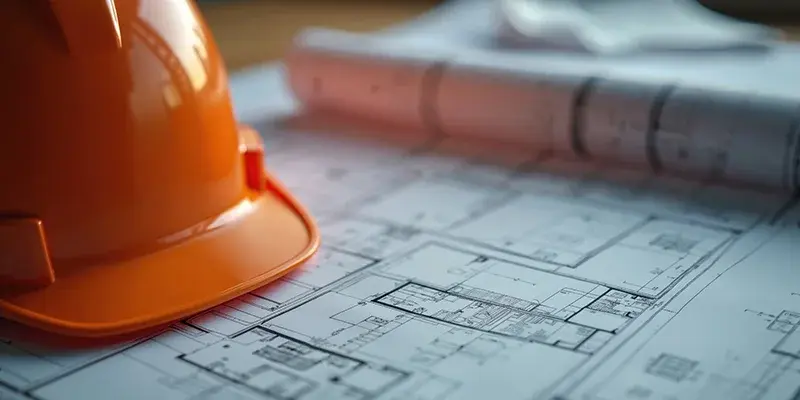Homeowners support
Filter replacement, service information, and guidance for owners of Titon ventilation systems
Titon vent filter replacement
How to identify, service, and maintain your Titon ventilation system at home.
Which MVHR or MEV do I have?
Buy replacement filters
One way to ensure that your ventilation system is operating efficiently is to check the filters within the unit.
Filters should be replaced at least annually or more regularly, depending on environmental conditions and geographical location.
We recommend that you use genuine Titon-manufactured filters to support your warranty and give you peace of mind that the level of filtration is fully compliant.
How to replace my filter
Titon has valuable information that can help you replace your current filters. Watch our video to guide you through the process, or download our MVHR Filter User Guide.
Who can service & maintain my system?
Titon works with a UK-wide network of Approved Service Partners who can provide service and repairs for Titon ventilation systems.
Get expert insights and tips for creating a healthier, more comfortable home!
Browse our extensive range of resources and information for more expert advice.
Frequently Asked Questions
Should the unit be running all the time?
Yes. These unit are designed to run 24/7
- For the health and comfort of the occupants.
- To control condensation.
- Remove pollutants.
- Ensure the safe and efficient operation of open-flue appliances.
The amount of fresh outdoor air should match the needs of the dwelling and the people living within it.
N.B. Switching the unit off could lead to poor-quality air within the building, which may affect the fabric of the building and/or your health.
Can I turn the unit down?
The unit should not be turned down as it has been commissioned to meet the requirements within Approved Document F.
N.B. Turning the unit down could lead to poor-quality air within the building, which may affect the fabric of the building and/or your health.
Can I turn the unit up?
The unit can be turned up. It will have been commissioned to meet the minimum requirements within Approved Document F, so increasing the rates is acceptable. Flow rates may need to be increased for higher occupancy and lifestyles.
N.B. increasing the unit flow rates may increase noise.
Should the HRV system help cool my property?
It is important to emphasise that an HRV is a ventilation system, not a cooling system. Summer Bypass will stop heat from being recovered, but this does not guarantee that the ambient temperature in the property will decrease.
Should the HRV system heat my property?
It is important to emphasise that an HRV is a ventilation system and not a heating system. The heat cell recovers approximately 90% of the heat from the outgoing air and passes this heat to the incoming air to minimise heat loss.
Should HRV and MEV systems be quiet?
The system will inevitably make some noise, as air is being moved by a fan(s) through a ducting system(s) 24/7. The level of noise is likely to vary from property to property.
The system should have been designed, installed, and commissioned to minimise the noise level.
If the noise is excessive, we recommend having the system checked; there may be options to reduce the noise.
How often should the filters be changed (HRV only)?
How often you need to change the filters depends on several factors, such as occupancy levels, lifestyle habits, the presence of pets, and external conditions. Generally, filters should be replaced every 12 months.
N.B. As the filters become blocked, the effectiveness of the unit will reduce until no air is moved.
Does the system need maintaining?
HRV
The maintenance frequency will depend on several factors, such as occupancy level, lifestyle, presence of pets, and external conditions. Generally, systems should undergo maintenance every 12 months. This involves:
- Replacing filters
- Cleaning the inside of the unit (no detergent should be used).
- Hoovering the heat cell.
- Cleaning the ceiling terminals.
Periodically the ducting system may need cleaning and the flow rates checked.
MEV
The frequency for maintenance will vary depending upon a number of variables, these being occupancy level, lifestyles, pets, external conditions, etc.
The ceiling terminals will need to be cleaned regularly. However, the unit will only need dismantling and cleaning approximately every five years.
Periodically the ducting system may need cleaning and the flow rates checked.
Should there be a difference in sound between Continuous and Boost Settings?
Not always. The speed variation between Continuous and Boost might not be substantial enough to produce a noticeable difference in sound.
How can I claim against the warranty?
- If the unit has been purchased by you directly from Titon, then please contact us directly.
- Most units are purchased by an installer appointed by the developer. We provide the purchaser with a warranty. They will then provide the developer and, therefore, you a warranty for the system. If the unit is felt to be faulty, the purchaser must be contacted. In the event they need to claim on our warranty, they will then contact us directly.
Basic fault finding
My unit has become noisy
- Has a boost switch been left on?
- Do the filters need replacing (HRV only)?
- Is the unit in SummerBoost mode (HRV only)?
- Has the noise locally to the unit changed? The fans may be failing.
My system changes its speed without pushing a boost switch
- The unit may be triggering on humidity (where fitted).
- The SummerBypass is active, and the unit is in SummerBoost (some MHVR units only).
My unit is now permanently in boost
- Has a boost switch been left on?
- Do the filters need replacing (HRV only)?
My unit has stopped running
- Has the unit been switched off at the mains spur?
- Has the mains fuse blown?
Water is dripping from my unit (HRV only)
- The installation of the unit requires checking. Is it probable that the ducting is not insulated fully or that the condensation drain is not fitted correctly?
- The internal condensation tray is split?
The ceiling around my supply ceiling terminals is getting dirty (HRV only)
The air coming into the habitable rooms from the HRV system is cold
The air may feel cool, but in reality, it is warm. Measure the temperature. It should be slightly colder than the air being extracted from the kitchen and wet rooms.
The air within the bathroom or kitchen is no longer clearing, or it is taking longer to clear
- Are you using the boost switches?
- Are the filters blocked (HRV only)?
Titon products
We are experts in designing, manufacturing, specifying and supplying ventilation systems for homes throughout the UK. Our extensive product range and comprehensive support will give you the solution you need to keep your home ventilation system performing as it should.





.webp)

